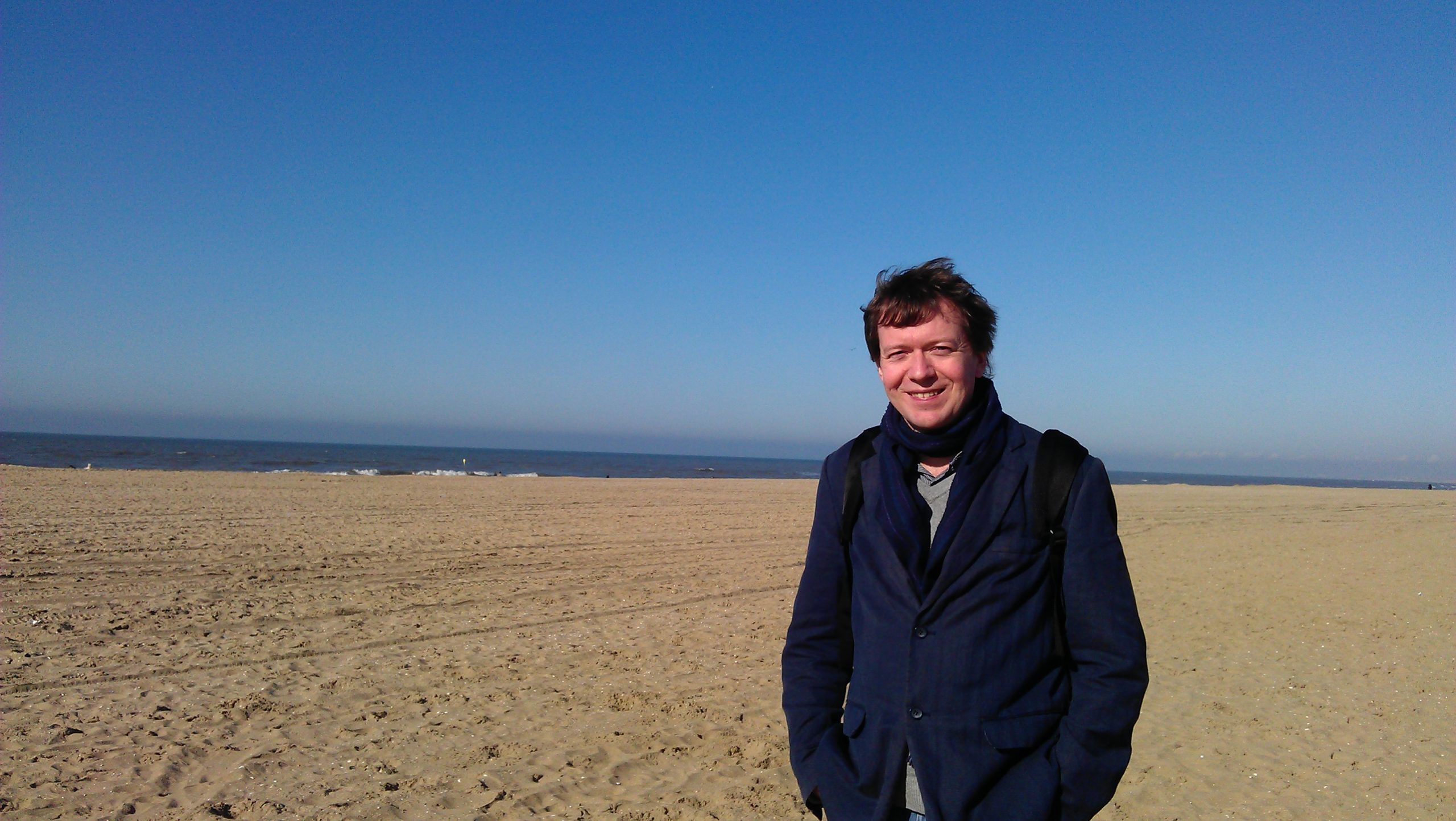
Surrealism is characterised by unnatural or irrational juxtapositions that have a jarring or unsettling effect.
Whoever programmes cultural events in Brussels seems to have taken this to heart by scheduling two major exhibitions on surrealism to run at the same time, an irrational and unsettling juxtaposition which meant that I had to choose between visiting IMAGINE! 100 Years of International Surrealism at the Royal Museums of Fine Arts of Belgium or Histoire de ne pas rire. Surrealism in Belgium at the Palais des Beaux-Arts, also known as Bozar.
A double doze of surrealism in one day would have been too much, so I opted for the Bozar exhibition as it is unlikely that there will be another exhibition on Belgian surrealism any time soon once the current one is finished, whereas there’s more chance that there will be other exhibitions about international surrealism.
I got a very good, buttery croissant at the nearby Gare Centrale before heading over to Bozar on Rue Ravenstein.
The Palais des Beaux Arts is an elegant art deco building designed by architect Victor Horta, who was better known for his art nouveau creations than for art deco. The building was intended to connect the upper and lower levels of the city, a cultural centre for art exhibitions, musical performances, film showings, and other events.
The Histoire de ne pas rire exhibition extended across several rooms. It was a brilliant tribute to Belgian surrealism, though heavily weighted towards René Magritte whose paintings seemed to constitute half of the overall exhibition. Not that I’m complaining – you can never have too much Magritte, he is wonderful – but the exhibition would have been even better if there had been more work on display by some of the other artists such as Jane Graverol and Rachel Baes.
In the final room of the exhibition an Epilogue panel summed up the contribution of surrealism to Belgian culture: ‘With its subversion of language and image, with its sense of humour, Surrealism remains to this day an important source of inspiration for many artists in this country. It grew beyond an art historical movement into a fundamental characteristic of Belgian culture.’
When I emerged from the Palais des Beaux Arts after the exhibition it was still a dull, grey, overcast Sunday morning. I went for a wander along Rue Royale and down some of its side streets. There weren’t many people around. It was like walking through Kris Kristofferson’s song Sunday Mornin’ Comin’ Down.
For lunch I had chicken and chips at the Hector Chicken rotisserie at Porte de Namur. This set me up for the afternoon cinema visit, a showing of the 1951 Swedish film, ‘One Summer of Happiness’, directed by Arne Mattsson.
Cinematek is Belgium’s equivalent of the British Film Institute and like the BFI it shows a range of wonderful films that rarely get seen on the big screen. It is located just round the corner from Palais des Beaux Arts where I saw the Histoire de ne pas rire exhibition earlier today.
Before the showing in the Ledoux auditorium there was a very interesting and informative introduction to the film but the person who gave it didn’t introduce herself so I’ve no idea who she was. She mentioned that director Arne Mattsson was a contemporary of Ingmar Bergman but Mattsson didn’t receive anything like the critical acclaim of Bergman, hence Mattsson’s unpublished autobiography is apparently titled In The Shadow of a Bastard, which drew a chuckle from the audience.
Mattsson may not be revered like Bergman but ‘One Summer of Happiness’ is a magnificent film.
Portentous, ominous music overlays the opening scene of a solitary figure walking through the countryside.
The film features several low angle shots, looking up at the characters and giving them and their story an epic quality.
Plenty of dry humour is scattered throughout the film.
There are great performances from the two leads (Folke Sundquist as Göran and Ulla Jacobsson as Kerstin). But for me the outstanding performance was from Edvin Adolphson as Anders, the uncle, who provides a powerful humanist rebuttal of the stonehearted cleric’s judgemental diatribe during the funeral scene at the end of the film.
Outside Cinemathek when ‘One Summer of Happiness’ finished the rain had started and the wet pavements up on Rue Royale were reflecting the street lights as trams trundled by in the drizzly dusk.
Related Post: ‘Disputed Passage’, Cinemathek Brussels